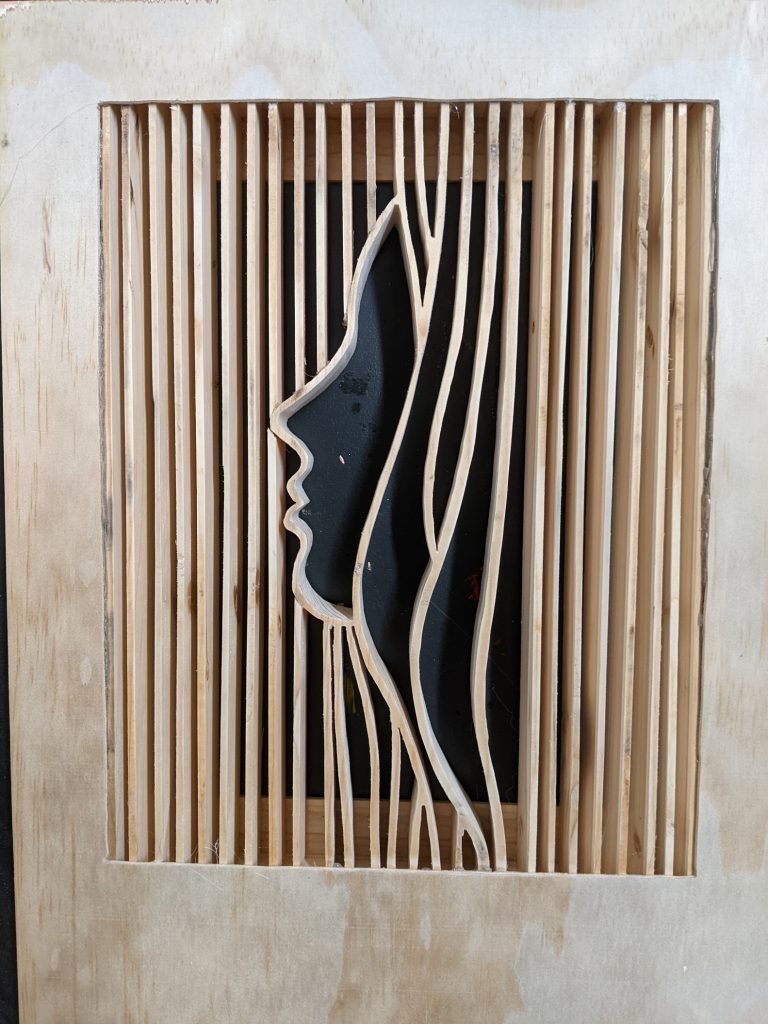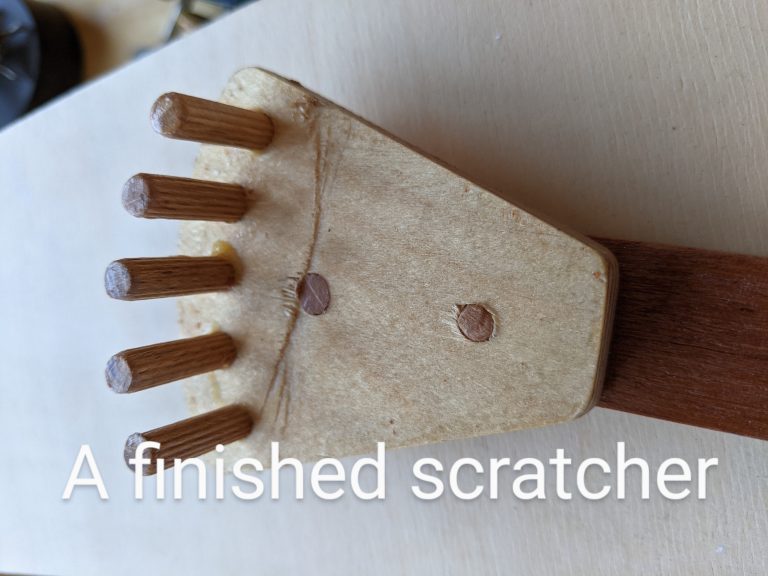Catapult
My friends wouldn’t stop playing with this toy. For me, that is enough evidence to call the project a success.
Most of the workers in my group do not interact easily with other people, so their play didn’t consist of shooting each other. They found enormous satisfaction in the challenge of loading a ball and launching it skyward. Being attached by string made the ball easy to find for the next launch. If the ball hit another person its lightness gave tickles not bruises.
A toy catapult does not take a lot prototyping; its mechanism has been well established by billions of childhoods. My design efforts concentrated on how to make it with the fewest parts for simple batch production.
But its construction, in this case, is not by dexterous children. My friends range in age from 25 to 51years young. Their fine motor skills are limited and even if they comprehend instructions, they may not be able carry them out. Generally they have the ability to strike and rub, so they can hammer, sand and paint.
Such limitations do not impede success. We simply invent construction processes that are oiled by the sharing of effort. I must use processes that promote shared enjoyment. Many of our achievements are accomplished by two pairs of hands working simultaneously.
At this point it is worth explaining how we join things in ways that compensate for lack of dexterity. We use a battery powered stapler that can shoot 12mm staples through 3mm ply. More clumsy, but more fun, is our habit of drilling a 5.5mm hole into two pieces to be joined and then hammering in a 6mm dowel. Four hands managing battery power may be clumsy, but it generates co-operation and trust between two individuals; it is much, much more fun.
Yes, the thing we make has importance. The process of making is, at least, equally important.


